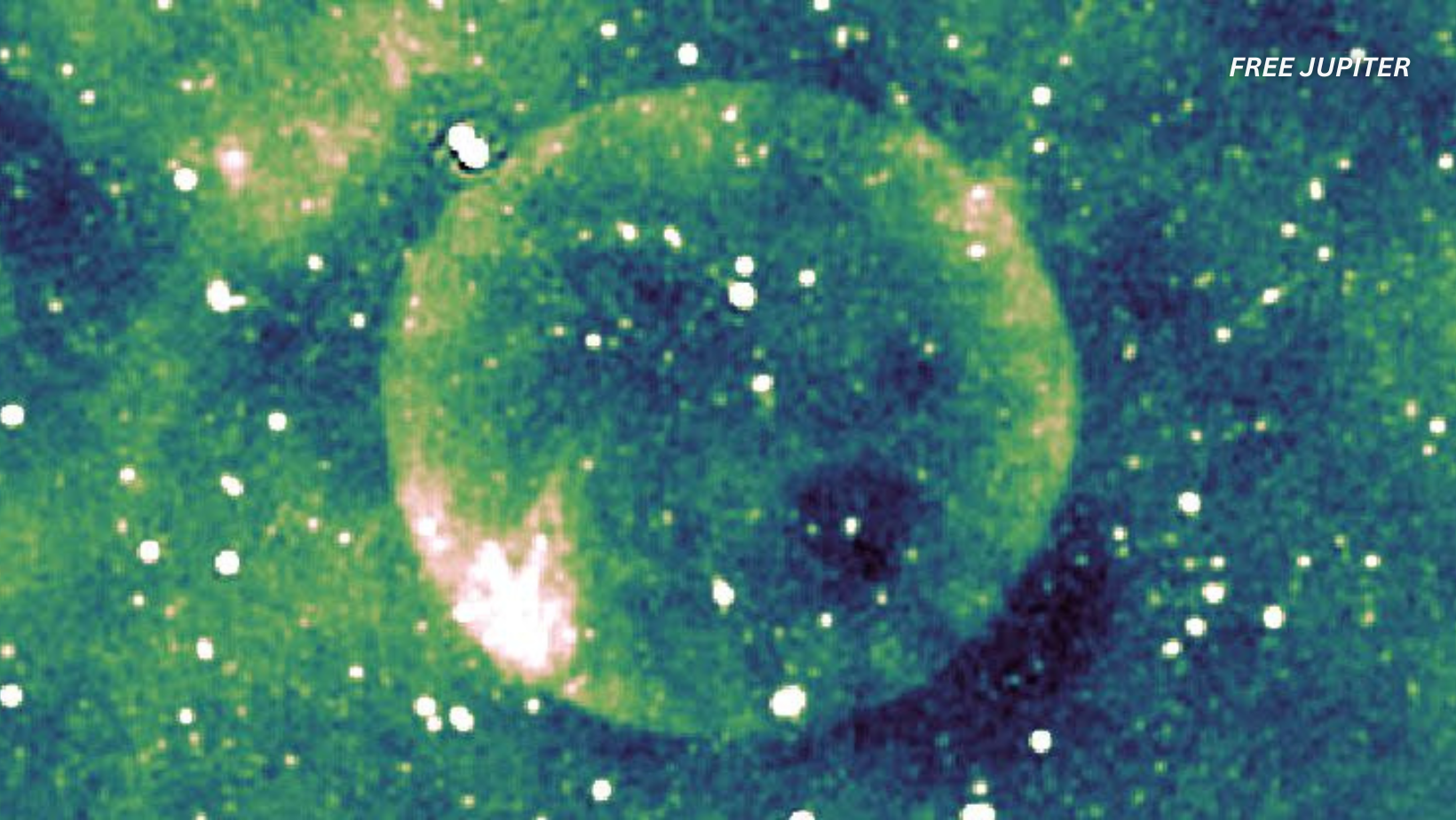Friendly Note: FreeJupiter.com shares general info for curious minds 🌟 Please fact-check all claims—and always check health matters with a professional 💙
Imagine gazing up at the night sky and spotting something so perfectly round, it almost seems out of place. That’s precisely what happened to a group of astronomers recently, except their discovery wasn’t visible to the naked eye. Instead, it was detected by one of the world’s most advanced radio telescopes, and it’s causing a stir among researchers worldwide.
The Discovery That Defies Expectations
Deep within our home galaxy, the Milky Way, a team of scientists led by Miroslav Filipović from Western Sydney University stumbled upon an object so neatly spherical, it was given the name Teleios—a nod to the ancient Greek concept of perfection. This celestial oddity was uncovered thanks to the Australian Square Kilometre Array Pathfinder (ASKAP), a state-of-the-art radio telescope designed to map the universe in unprecedented detail. The project, known as the Evolutionary Map of the Universe (EMU), has already revealed a menagerie of unusual shapes in the cosmos, but Teleios stands out as a true anomaly.
Teleios is not just any cosmic object. It’s a bubble of hot, ionized gas—what astronomers call a supernova remnant. These remnants are typically the leftovers from the cataclysmic explosions of stars, and while they come in all sorts of shapes and sizes, a perfect sphere is almost unheard of. The fact that Teleios is so remarkably round has left scientists both fascinated and perplexed.
A Mystery Wrapped in Radio Waves
What makes Teleios especially intriguing is how it reveals itself. Unlike stars or nebulae, which can shine brightly in visible light, Teleios is invisible to optical telescopes. Its presence is only betrayed by the faint glow it emits in radio wavelengths. This radio-only signature is a classic hallmark of supernova remnants, but Teleios manages to be even more unusual than its peers.
The international team behind the discovery conducted a thorough investigation, sifting through data and considering every possible explanation. Their findings have been shared with the scientific community through the Publications of the Astronomical Society of Australia and are also available on the arXiv preprint server.
How Far Away Is Teleios? And Why Does It Matter?
One of the biggest challenges in understanding Teleios is pinning down exactly how far away it is. Distance is a crucial piece of the puzzle because it affects how big the object appears and, by extension, how old it might be. The researchers narrowed it down to two likely options: about 7,175 light-years or about 25,114 light-years from Earth.
If Teleios is at the closer distance, it would be a relatively young supernova remnant, less than 1,000 years old and about 46 light-years across. If it’s farther away, it would be much older—over 10,000 years—and a whopping 157 light-years in diameter. Both scenarios present their own set of mysteries and challenges.
But here’s where things get even more puzzling. According to current models, a Type Ia supernova—the kind most likely responsible for Teleios—should also emit X-rays. Yet, Teleios shows no sign of X-ray emission. This absence has left scientists scratching their heads and wondering if there’s more to the story.
Could Teleios Be Something Else Entirely?
With the standard explanation for supernova remnants hitting a snag, the team considered other possibilities. One intriguing idea is that Teleios might be the result of a Type Iax supernova. These are a peculiar breed of stellar explosion where the white dwarf star isn’t completely obliterated, but instead leaves behind a “zombie” star. This scenario would explain the lack of X-rays, but only if Teleios is much closer—about 3,262 light-years away. At that distance, it would be smaller, around 11 light-years across, and there’s even a candidate star nearby that could fit the bill.
However, other independent measurements of Teleios’s distance don’t support it being that close, so this explanation remains a tantalizing but unconfirmed possibility.
Why Is Teleios So Perfectly Round?
Supernova remnants are rarely symmetrical. The explosions that create them are often messy affairs, with material being flung out in all directions and interacting with the surrounding interstellar medium. This usually results in irregular shapes—think of an amoeba rather than a ball. But Teleios is different. Its near-perfect symmetry suggests that the explosion took place in a region of space that was unusually empty, allowing the expanding shell of gas to remain undisturbed and maintain its spherical shape.
This is a rare phenomenon, but not impossible. If the supernova occurred in a relatively pristine environment and hasn’t yet started to fragment, the bubble can stay smooth and round for a surprisingly long time. Teleios, it seems, is a cosmic oddity that has managed to preserve its symmetry against the odds.
Read more: Not Many People Know Why One Side Of The Moon Glows From Within
The Bigger Picture: What Does Teleios Tell Us About the Universe?
Teleios is just one of many strange objects being uncovered by projects like EMU. The sky is full of oddities—some, like the Odd Radio Circles (ORCs), are found at intergalactic distances and remain just as mysterious as Teleios. But what sets Teleios apart is its location within our own galaxy and its remarkable symmetry.
The discovery of Teleios raises important questions about how supernovae evolve and interact with their surroundings. It challenges our understanding of these cosmic explosions and highlights the importance of continued observation and research.
What’s Next for Teleios?
For now, the mystery of Teleios remains unsolved. The research team has explored every plausible scenario, but each one comes with its own set of challenges. The lack of X-ray emission is particularly vexing, and until more sensitive and high-resolution observations are made, the true nature of Teleios will remain elusive.
“We have made an exhaustive exploration of the possible evolutionary state of the supernova based on its surface brightness, apparent size, and possible distances,” the researchers write. “All possible scenarios have their challenges, especially considering the lack of X-ray emission that is expected to be detectable given our evolutionary modeling. While we deem the Type Ia scenario the most likely, we note that no direct evidence is available to definitively confirm any scenario and new sensitive and high-resolution observations of this object are needed.”
A Cosmic Riddle for the Ages
Teleios is a reminder that the universe is full of surprises. Even in our own galactic backyard, there are phenomena that defy easy explanation. Its perfect symmetry, its elusive nature, and the unanswered questions it raises make it one of the most intriguing objects discovered in recent memory.
As astronomers continue to study Teleios, they hope to unlock the secrets of its formation and, in doing so, gain new insights into the life cycles of stars and the dynamics of our galaxy. For now, Teleios stands as a testament to the wonders of the cosmos and the endless curiosity of those who seek to understand it.










